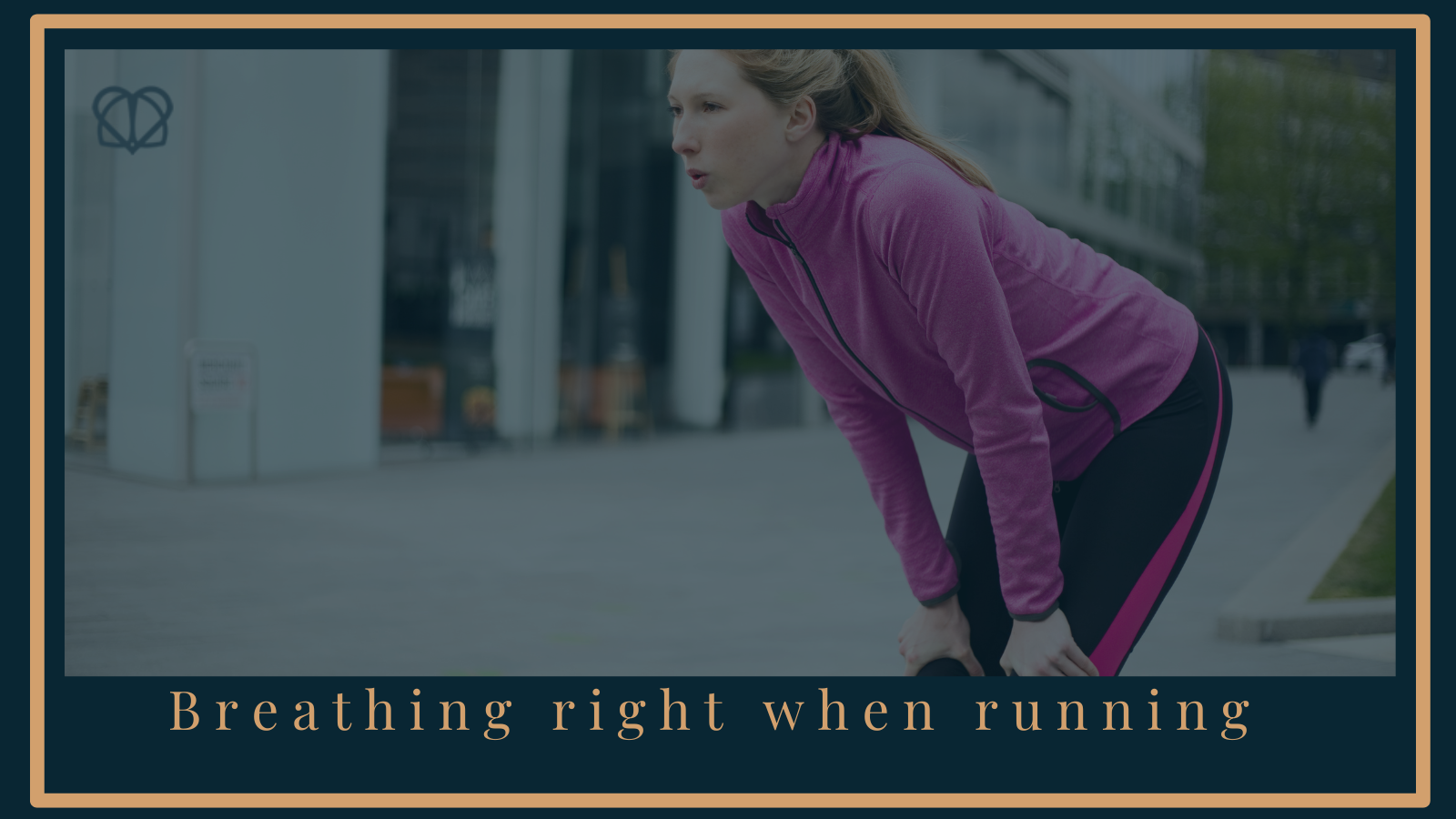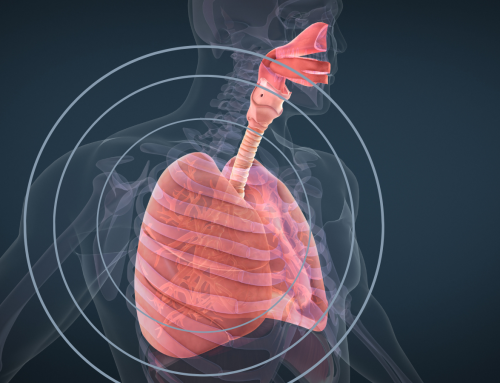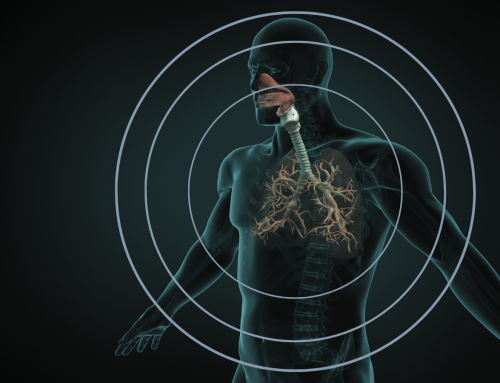The London Marathon is less than a week away, and while it’s too late to make any changes in terms of training and respiratory issues for this year’s runners, other events also begin to ramp up over the coming months, so we thought it would be worthwhile looking at how having a Breathing MOT might be just what you need to see if you’re breathing right when running.
Could the Breathing MOT give you the edge over other competitors and help boost your performance?
Here’s why we believe it can…
Breathing right when you’re running
Let’s take a moment to look at how the way you breathe progresses when you’re running:
When you’re standing still your breathing is nasal, diaphragmatic and slow; low down in the chest and rhythmical
Then when you begin to run you should be able to continue breathing through your nose, and remain relatively relaxed – at least initially
You will then reach a point when you feel you might need more breath. This is because as we exercise, our muscles demand more oxygen, therefore our breathing depth and rate need to increase. It’s at this point that you should focus on making sure your lower chest and lower ribcage are moving enough with each breath. The volume of air that you take in with each breath should increase first, rather than the speed at which you are breathing. It’s all about making the breath bigger, and doing so from lower part of the chest first.
At this point if you’ve increased the size of the breath and the breath is naturally starting to get a bit quicker, you may begin to feel that you’re not getting enough air through the nose, and that you might need to take a few breaths through the mouth…
The pros and cons of mouth breathing when you’re running
There are some issues with mouth breathing:
- it’s very drying – this means the throat and airways can get dried out/dehydrated
- the breath comes in very quickly via the mouth. If not controlled, this means the breath can be directed to the top part of the chest using the smaller muscles, which is not helpful for optimal breathing as these muscles fatigue very quickly and do not give us a big enough breath.
Whilst it is possible to train yourself to effectively nose breathe throughout exercise, for the majority of us, there is usually a point where the exercise intensity means we need to shift yet more air in/out. The mouth offers less resistance and is larger in diameter than the nose, so it enables us to achieve that relatively effortlessly.
The most important points to remember when you do need to mouth breathe are:
- try and intersperse mouth breathing with nose breathing to engage the diaphragm a little more and give some hydration to the airways
- always try to generate breaths from the lower chest first, not the upper chest
- do it for just a short period of time, not the full duration of your run
Why respiratory muscle training can help
You cannot increase the strength of your respiratory muscles simply by running faster. The intensity of exercise you would need to work at to achieve greater respiratory muscle strength isn’t humanly possible – you physically wouldn’t be able to sustain it to achieve the training effect.
The muscles we use for breathing, particularly the diaphragm, are like any other muscles in the body – they respond to a repetitive overload. So if you think about when you are working your bicep, for example, doing a bicep curl with weights means you are lifting a weight through range which then helps make that bicep stronger. You can approach strengthening your respiratory muscles in the same way.
To do this, you need to use a specific device that means you are breathing through resistance. This benefits you by
- improving muscle strength and endurance so you don’t get tired as quickly
- delaying the Metaboreflex – this is that feeling you get when you’re exercising at maximum capacity and you suddenly feel like your legs are made of lead! This happens when you’re exercising to such an intensity that your body pulls the oxygen away from your legs and directs it towards the breathing muscles to keep up with the oxygen demand, the effect of which is to make your legs feel heavy. The stronger your diaphragm and respiratory muscles are, the more delayed the Metaboreflex will be.
For athletes competing to high levels, these devices can have a significant effect – although it’s worth noting that before you begin, you should be sure that your breathing pattern is correct, otherwise you will be training up a bad breathing pattern.
These devices also have many benefits for patients with chronic lung disease, such as COPD for example.
Time to book in for a Breathing MOT?
The Breathing MOT is a detailed breathing assessment that will help you breathe optimally so you can improve your performance. Within our Breathing MOT we not only assess your breathing pattern in detail, but we also assess the strength of your respiratory muscles, determining whether a program of strengthening is going to be right for you.
Our expert physiotherapists can assess whether your breathing is adapting to varying levels of exercise intensity as it should, coaching you to optimal breathing performance.
If you’d like to accelerate your performance, book in for your Breathing MOT today:
https://air-physiotherapy.carebit.co/patients/bookings/new
If you need any assistance with making a booking, please contact us on enquiries@airphysiotherapy.co.uk or 020 7971 1464.





